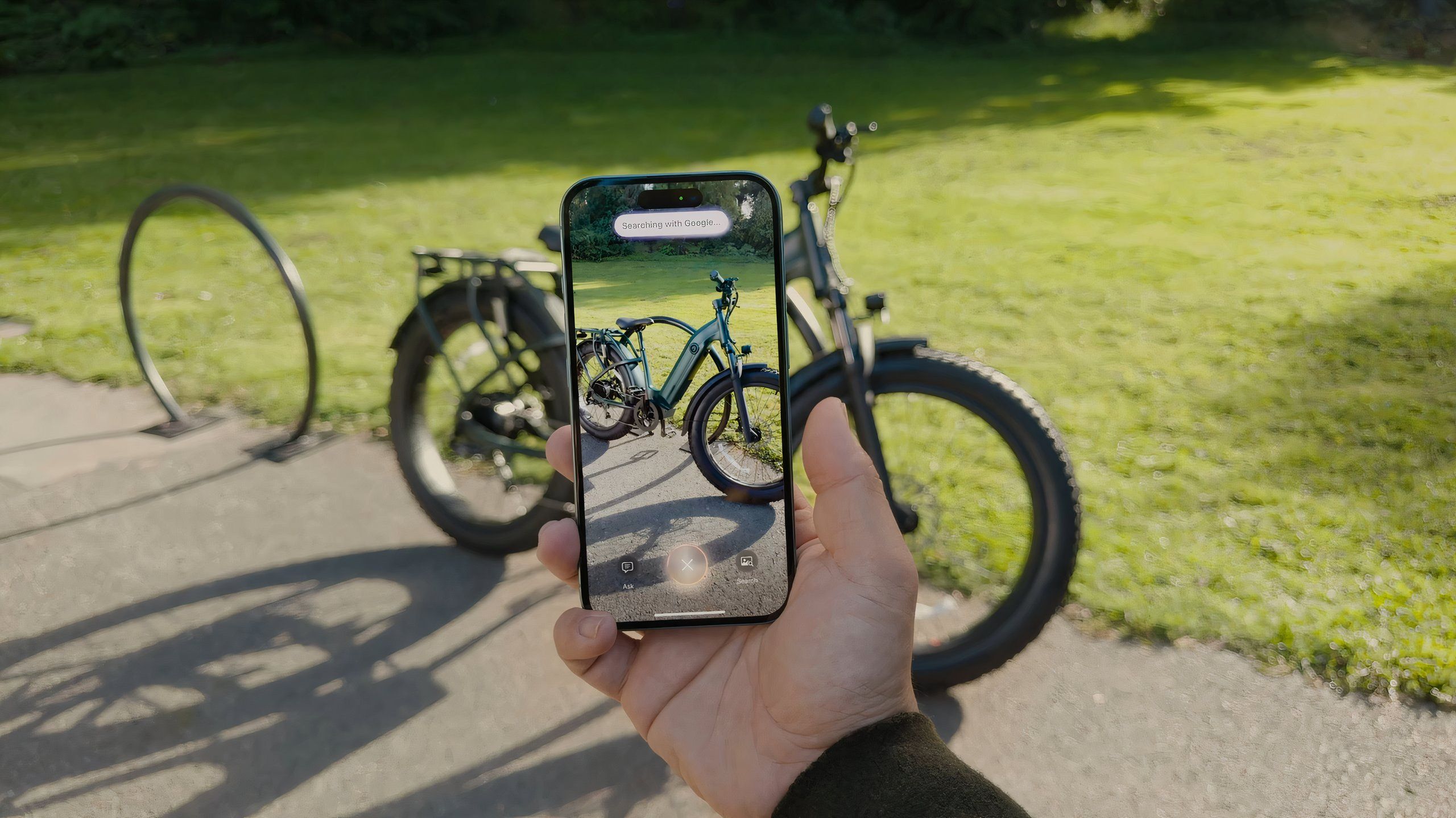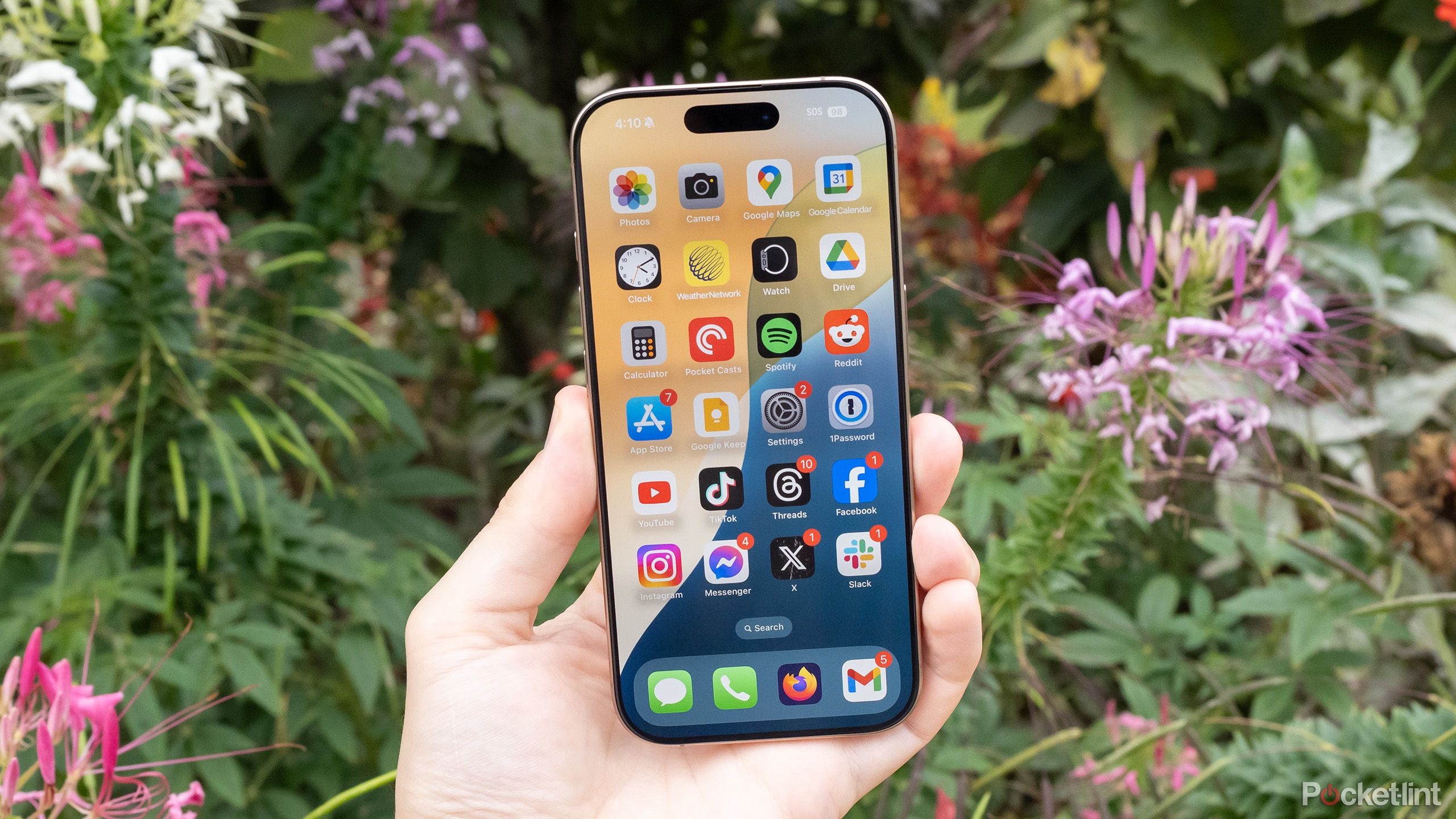Summary
- Tariffs may jack up prices on electronics.
- It’s better to consider used devices or repairing whatever you already own.
- Recent hardware advancements and development trends mean most devices are able to run the apps you need anyway.
It’s easy to be swept up in the allure of new things. A large part of the job of writing about consumer technology is anticipating the future: looking at upcoming releases, checking in on in-development products, and figuring out what’s worth your time. But that also makes it easy to miss how good we have it right now.
You can already have a great experience with an older smartphone, tablet, or laptop — possibly even the one you own right now. And both the last few years of hardware advancements and the current uncertainty around how much any electronics are going to cost in a few weeks, let alone months or years, have made things clear. You don’t need to buy them new. In fact, here are five reasons you’re better off not buying a new smartphone, tablet, or laptop.
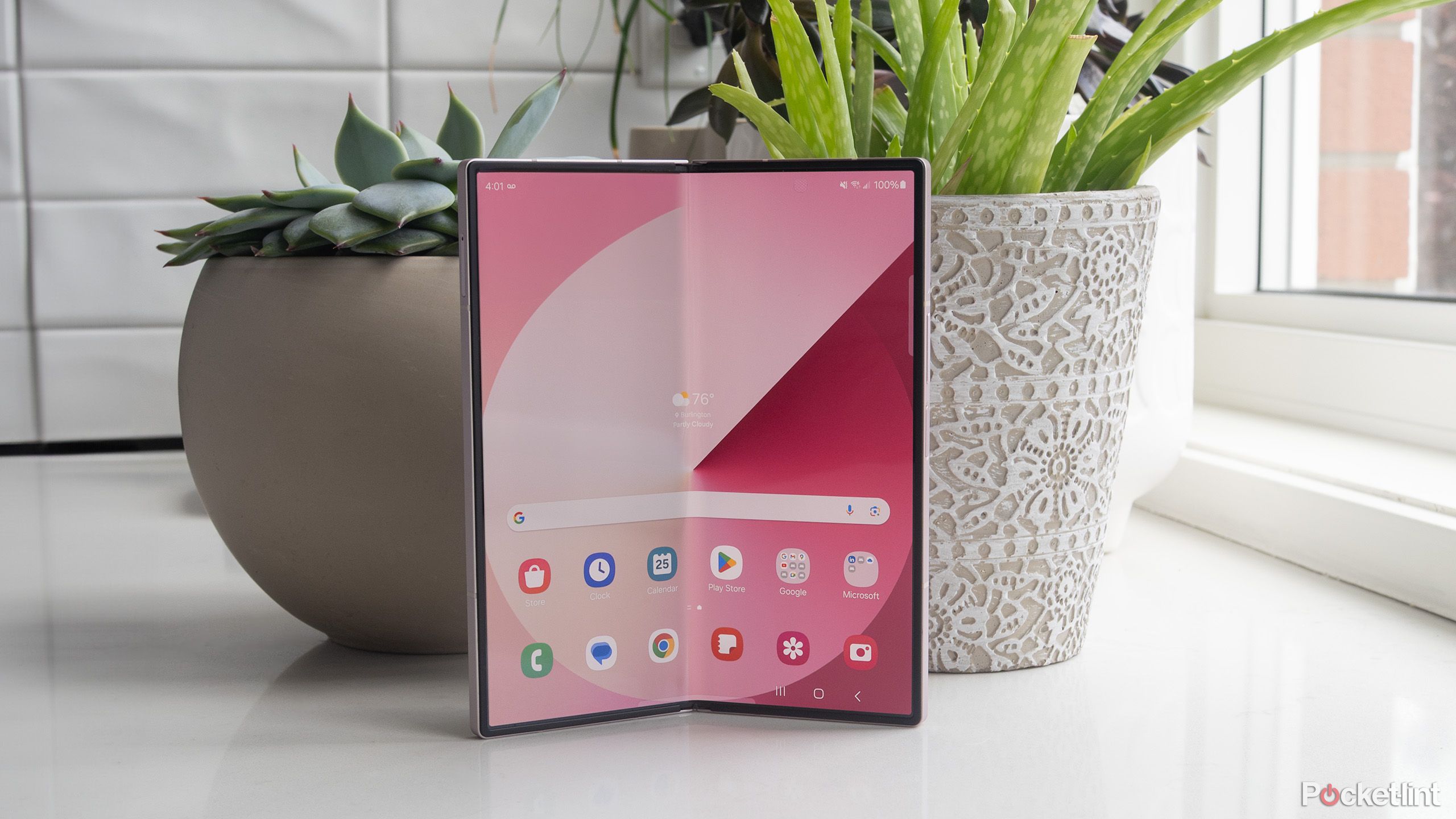
Related
4 reasons I’m not ready to switch to a folding phone yet
For as much as I love book-style folding phones, I’m not ready to make the jump to one quite yet – here’s why I’m still rocking a standard handset.
1 Tariffs will make everything more expensive
Some devices just won’t be offered anymore
Pocket-lint / Nintendo
Electronics are inherently global products. They don’t exist without people and companies around the world working together to build them, and they rely on materials from just as many places. As publications like 404 Media have explained, you can’t just build an iPhone in the US because you want to. Manufacturing just doesn’t work like that. The reality that your smartphone “takes a village” comes bundled with the fact that they’re highly dependent on imports, made in one place and shipped to another to be sold.
Imports are also the exact thing the Trump administration has decided to punish in the US, by placing exorbitant tariffs on products from all over the world.
Imports are also the exact thing the Trump administration has decided to punish in the US, by placing exorbitant tariffs (fees to import something) on products from all over the world. At the time of writing, some of those tariffs have been paused, but China, one of the countries that manufactures a large quantity of tech products, is still severely impacted. There have already been immediate impacts, like DIY laptop-maker Framework pausing sales on some of its cheapest computers, Razer ending direct sales of its laptops in the US, and Nintendo delaying pre-orders of the Switch 2.
Not every company will stop sales; some will choose to pass on the extra cost to their customers by implementing higher prices. For that reason alone, it’s safer and cheaper to buy something you can already get without importing, which usually means used electronics.
2 Support for DIY repair continues to grow
It’s getting easier to hold on to devices for longer
The last decade of consumer technology has been defined by beautiful, powerful devices that, because of their designs, are much harder to repair than they should be. Most smartphone, tablet, and laptop makers would prefer to strip your broken device for parts and get you to buy an entirely new one whenever you need a replacement. At least until people started to push back.
Successful campaigns in California and Minnesota have gotten laws passed that require companies to provide ways for products to be repaired by their owners, rather than the company that sold the product in the first place. This “right to repair” movement only becomes more important when it seems like your ability to buy new things might change. Because of these laws, companies like Apple, Microsoft, and Google support one form or another of official self-repair programs. The process is far from perfect, but it’s vastly better than it was before. That makes it a lot easier to recommend keeping the laptop you have now, in the hopes that you can keep it working for a little bit longer.
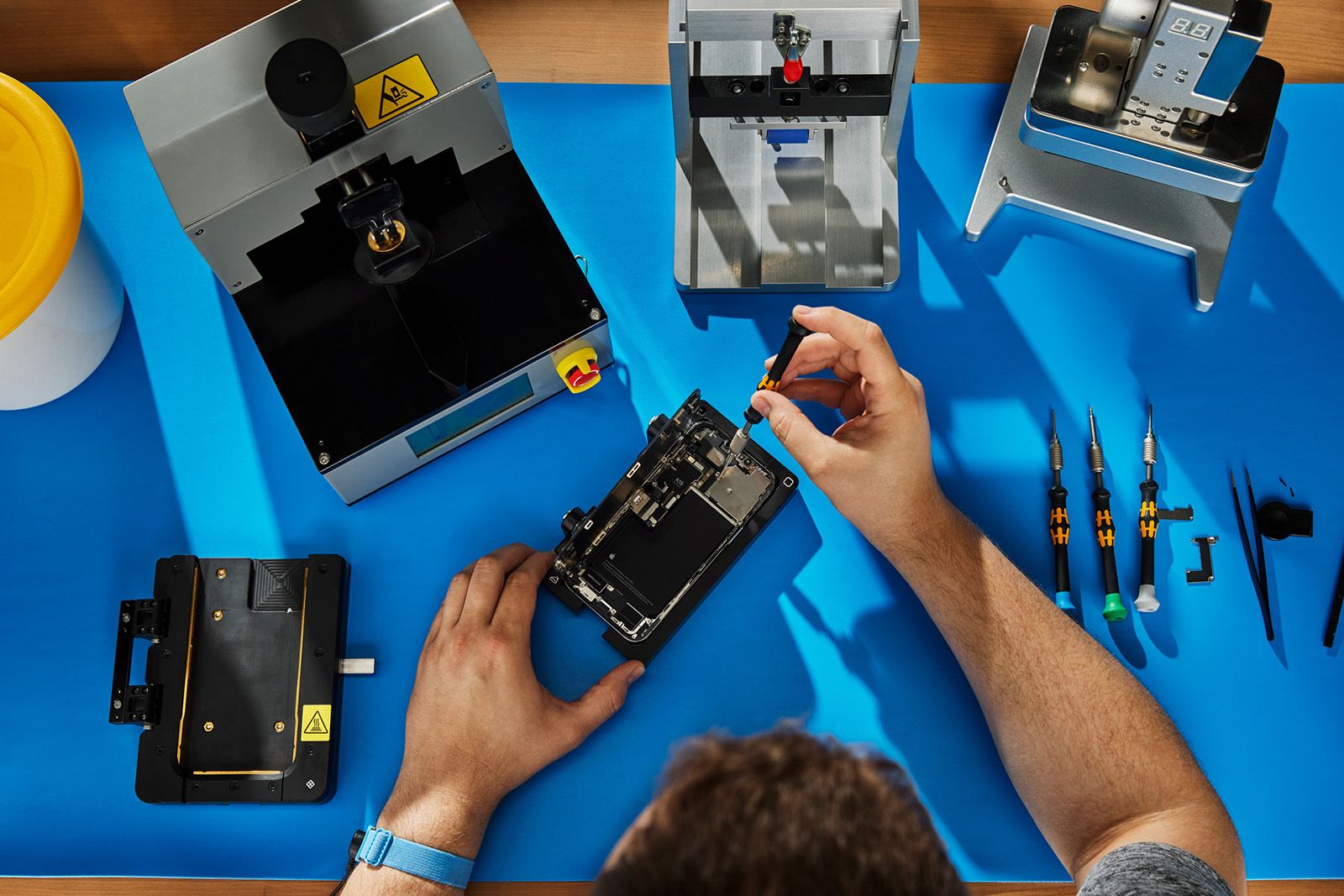
Related
How to fix an iPhone or Mac on your own with Apple’s Self Service Repair Program
Apple’s Self Service Repair program makes it easy to repair an iPhone and Mac yourself. Here’s what you need to know about it.
3 Most new features are software-based
The best apps are in your browser
Apple
Over the last few years, not only has software become one of the most interesting things about owning a personal computer, but specifically web apps — websites that offer an app-like experience — have become great. The benefits are numerous: you don’t have to deal with the approval process or fees of an App Store, you can push updates more frequently, and it’s easier to offer the same experience everywhere instead of creating bespoke apps for each device. The practice is so common there’s a good chance one or multiple apps you use for work are websites with a wrapper on them.
It’s not uncommon for the web version of your favorite app to have more features than its mobile counterparts.
AI has only accelerated this further by taking even more of the action off your device and on a server somewhere. That makes the relative power of your device a lot less important than its ability to connect to the internet and keep more than one tab open at once. There are exceptions, of course. Companies like Apple want to run more AI features locally, for security reasons, requiring more memory and faster chips. In most cases, though, software’s ubiquity means there’s a good chance you’ll be able to do what you need to do without the newest and most powerful option. Even tech companies are encouraging this to some extent: most new devices come with a guarantee of a certain number of software updates.
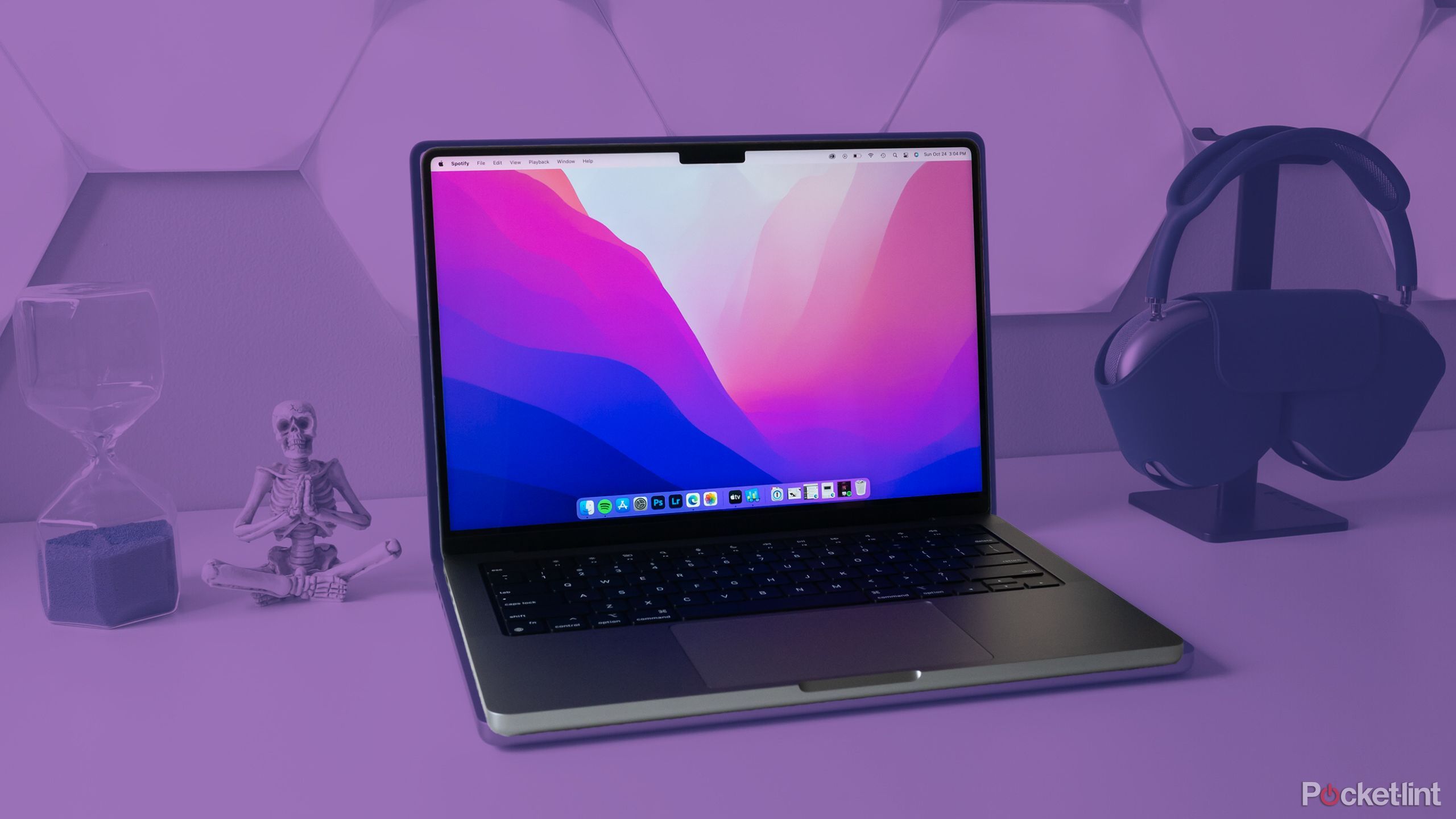
Related
5 apps I install on every new Mac right away
From productivity to entertainment, I have these apps on my Mac at all times.
4 Meaningful hardware developments have slowed
The design of tablets, smartphones, and laptops are consistent
When you compare the iPhone 16 to the iPhone 15 or 14, there are changes, but the fundamentals are the same. Apple has a large audience to serve and doesn’t want to confuse anyone, but there’s also fewer ways modern smartphones really need to improve. You can make them faster or take better pictures, but those are changes that are most notable if you’re not getting a new device every year. The story is the same for tablets and laptops, and for good reason, too.
In all likelihood, the new gadget you’re considering buying is all that different from the one you own. It runs the same apps, it uses the same operating system, and it might even be the same size and shape. Really, the most significant change to have happened in consumer tech in the last five years is the decision to transition desktop and laptop computers to Arm chips, hardware that was previously only used on less powerful mobile devices. Apple did it when it transitioned Macs to its M-series chips in 2020 and Microsoft started its own transition last year when it released Surface Laptops and Surface Pros with Snapdragon chips. If you’ve bought a new laptop since that change happened, you can probably wait to upgrade.

Related
The next iPad should copy the Surface Pro’s homework
If tablets ever want to replace traditional PCs, they’ll need to start spawning more USB-C ports – so far, only the Surface Pro has gotten the memo.
5 Current devices are powerful enough for most purposes
It’s a lot harder to buy an “underpowered” computer than it used to be
The move to Arm processors is one of several reasons most devices have more than enough power for the normal ways people use their computer. Purchase an M3 or M4 iPad, and you’ll be looking for ways to use all the processing power the tablet has. With laptops, there are more ways to push things, but for the basic word processing, web browsing, and video streaming most people do, you don’t need anything cutting-edge — you probably just need more RAM.
The transition to efficient, mobile processors and the steady progress of battery science means that any device worth its price works for a day or more on a single charge, too. If what you already own doesn’t, and offers no way to replace its aging battery, that might be a reason to upgrade. For everyone else, though, if your gadget came out in the last three or so years, you’re good to wait or purchase something used.
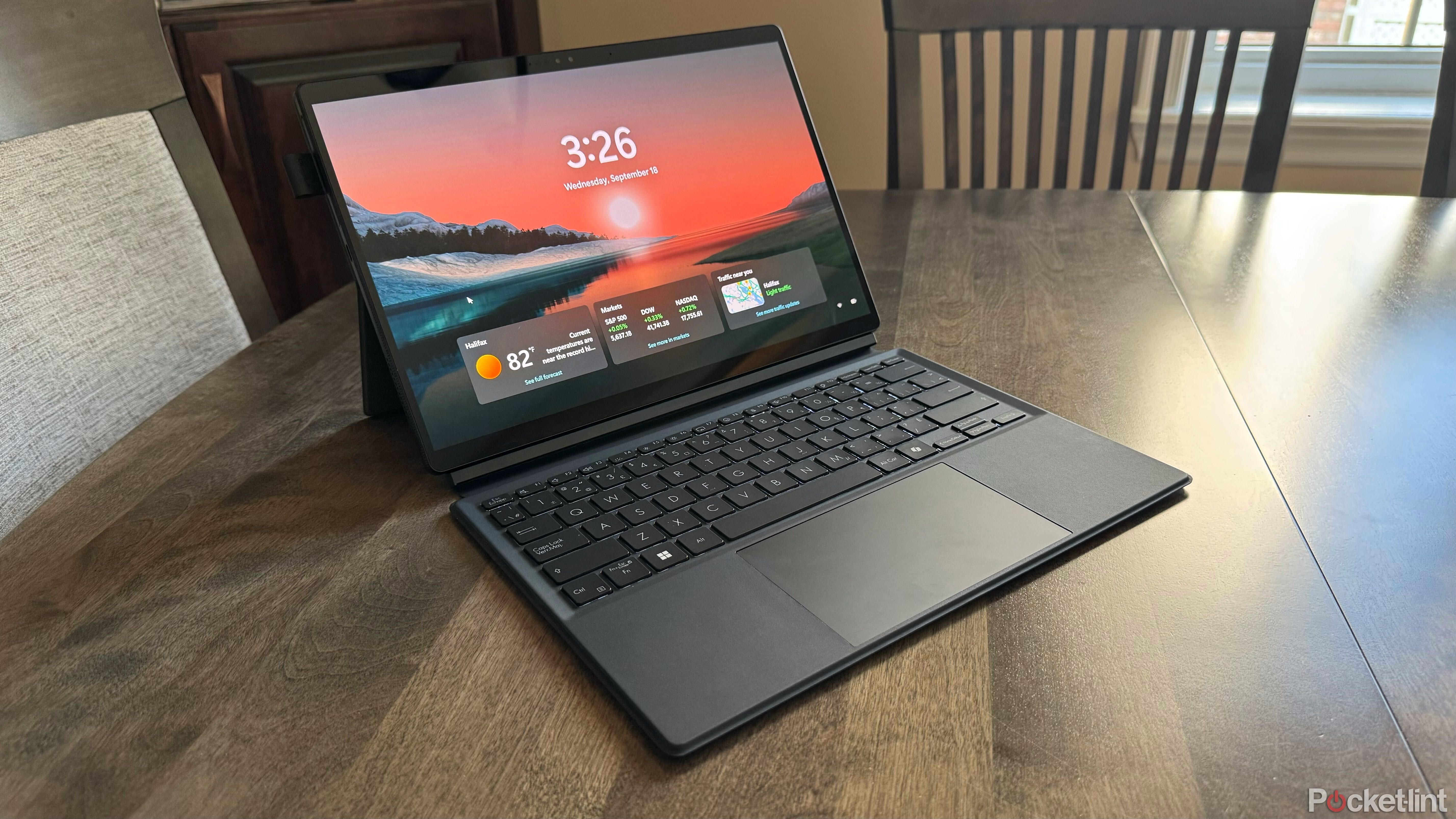
Related
Asus’ ProArt PZ13 makes me excited for the future of ARM PCs
The ProArt PZ13 2-in-1 PC reaps the benefits of the ARM-based Snapdragon X Plus chip, and does so with a rugged design.
Don’t let excitement about future cost you money
There’s nothing wrong with being excited about new, upcoming products, but the economic uncertainty created by aggressive tariffs, whether you live in the US or not, shouldn’t be ignored. People buy things when they need them, but also because they simply want to, and there’s never been a better time to try and quiet that impulse, or at the very least consider something used, first.
If you’re looking to buy a used tablet, Pocket-lint has an article that can help. The same goes for purchasing a used Pixel. If you’re looking for a more comprehensive storefront for buying used products, you might consider Amazon Renewed. It’s full of refurbished electronics and many of them can usually be shipped with the company’s speedy delivery times.




